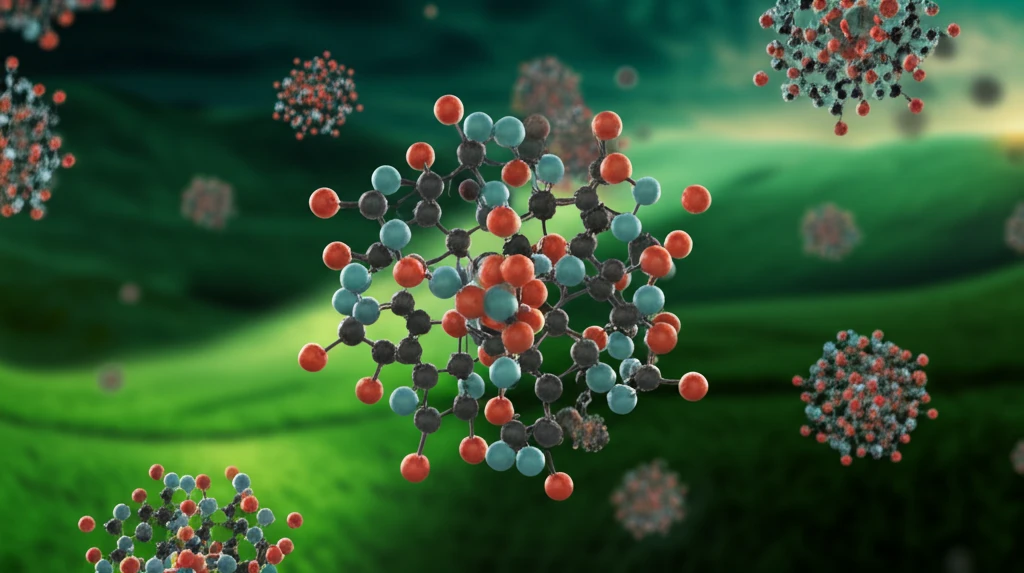
Unlock Molecular Magic: How Niobium Catalysis Could Revolutionize Chemistry
"Discover the eco-friendly and cost-effective method transforming alkene hydrofunctionalization, offering new avenues for creating complex molecules."
In the ever-evolving world of chemistry, the quest for sustainable and efficient methods to create complex molecules is constant. Traditional catalysts, often relying on rare or toxic metals, pose environmental and economic challenges. However, a recent breakthrough highlights the potential of niobium catalysis as a game-changer in this field.
A research team led by L. Ferrand, Y. Tang, C. Aubert, L. Fensterbank, V. Mouriès-Mansuy, M. Petit, and M. Amatore has demonstrated the remarkable ability of niobium to catalyze intramolecular hydrofunctionalization of alkenes. Published in Organic Letters, their work showcases a novel approach to synthesizing diverse heterocycles, building blocks vital in pharmaceuticals, agrochemicals, and materials science.
This discovery marks a significant step toward greener chemistry, offering a cost-effective and environmentally benign alternative to conventional methods. As the field continues to explore the vast potential of niobium catalysis, we can anticipate groundbreaking advancements across various scientific disciplines.
Niobium: The Unsung Hero of Catalysis

Niobium, an abundant and relatively inexpensive metal, has long been overlooked in catalysis due to its low valent state. Unlike its more glamorous counterparts, niobium offers a unique combination of advantages: it's readily available, non-toxic, and cost-effective. This makes it an attractive alternative for researchers seeking sustainable solutions.
- Eco-Friendly: Niobium is a non-toxic and abundant metal.
- Cost-Effective: Reduces reliance on expensive and rare metal catalysts.
- Versatile: Applicable to a wide range of alkene substrates.
- Efficient: Provides moderate to high yields of desired products.
The Future of Niobium Catalysis
While this groundbreaking work represents a significant step forward, the field of niobium catalysis is still in its early stages. Further research is needed to fully understand the reaction mechanism and optimize the process for a wider range of substrates. Moreover, exploring the potential for enantioselective niobium catalysis could unlock new avenues for synthesizing chiral molecules, which are crucial in drug discovery and development. As scientists continue to unravel the secrets of niobium catalysis, the future looks bright for this sustainable and versatile approach to chemical synthesis. Its eco-friendly nature and cost-effectiveness position it as a key technology in the quest for a greener and more sustainable chemical industry.
